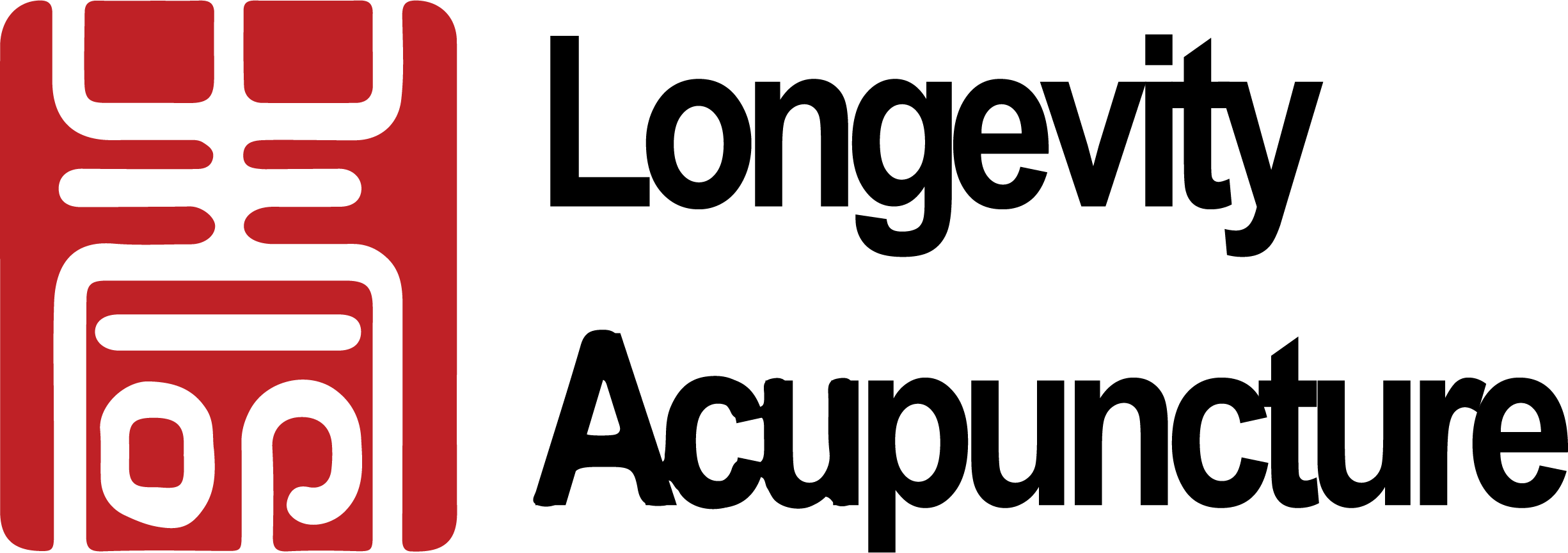Treating pain symptoms with Traditional Chinese Medicine has a long history. In fact, acupuncture for pain management is traceable to 100 BCE in China. Because practitioners of Traditional Chinese Medicine and some Western doctors still use this ancient healing art, it must be effective, right? But how does it work?
Studies have shown that acupuncture is significantly better at treating pain symptoms than sham acupuncture, which is used as a placebo control. However, many of these studies used the test subjects’ interpretation of their pain levels, leaving open an important question—what, if any, physiological changes take place during acupuncture?
Acupuncture for Pain Management: A Study of Carpal Tunnel Syndrome
In recent research, scientists were able to demonstrate that true acupuncture (as opposed to sham acupuncture) has a measurable physiological effect on the nerves and brains of patients with Carpal Tunnel Syndrome. CTS is a neuropathic pain disorder that doctors diagnose by measuring conduction through the nerve that runs along the wrist, the median nerve. Part of the effect of CTS on the central nervous system is a measurable “re-mapping” of the brain, specifically the primary somatosensory cortex, distinguished through fMRI scans.
The study showed that both true and sham acupuncture for pain management in carpal tunnel syndrome patients improved pain symptoms. Initially, it can be assumed that both cause a placebo effect. However, when researchers conducted fMRI scans on subjects who either underwent true acupuncture or sham acupuncture for pain management, the results showed that only true acupuncture actively “rewired” the brain. Those who received true acupuncture also showed prolonged improvement in their pain symptoms, unlike those who underwent sham acupuncture. The results of the true acupuncture tests could demonstrate that acupuncture is effective at improving blood flow locally, in this instance in the wrist, but further tests showed that acupuncture conducted on another part of the body had similar effects.
In another study conducted by the same researchers, true acupuncture for pain management was used locally at the wrist as well as in the opposite ankle. Both test groups reported improved symptoms. Additional fMRI scans revealed that acupuncture at both locations effectively “re-mapped” the primary somatosensory cortex. This result suggests that the improvement in symptoms is more likely to be from active “rewiring” of the brain rather than local improvements in blood flow.
Are you ready to try acupuncture for pain management? Contact us today. We offer an introductory consultation with the Acupuncture Physician to customize your treatment plan. Call 305-772-4386.

